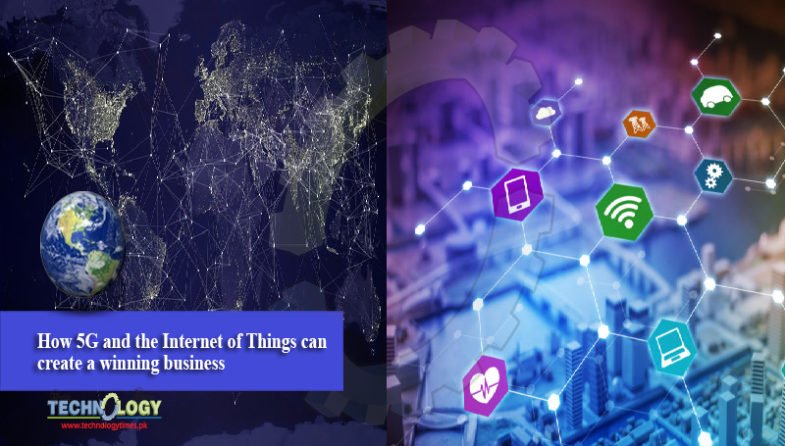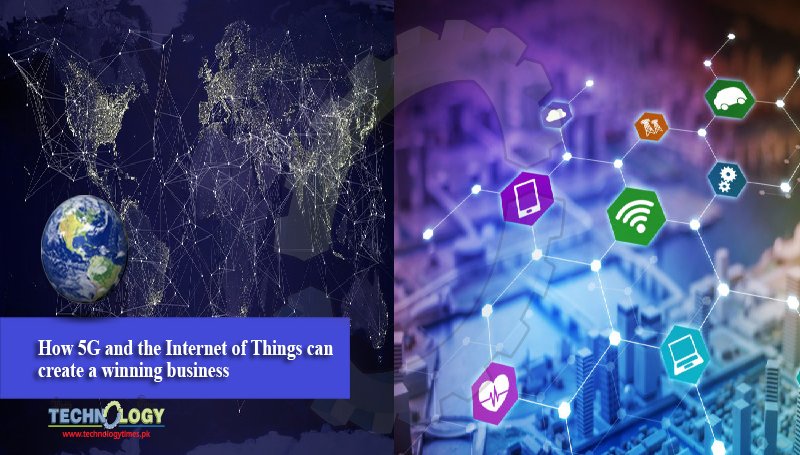The Internet of Things (IoT) can allow companies to maximize business value – sensors, software and other technologies in physical assets can connect and exchange data with other devices and systems over the internet.

companies can adopt the Internet of Things (IoT) to maximize business value – by embedding sensors, software and other technologies into their physical assets to connect and exchange data with other devices and systems over the internet.
The smartphone and 4G have already transformed the way we communicate, consume and live; with 5G, we are entering the next generation of mobile communication. Coupled with an array of other new technological solutions like IoT, edge computing, artificial intelligence (AI) and machine learning, 5G is powering the Fourth Industrial Revolution in the same way that steam, electricity and silicon powered the previous three. Outfitted with superpowers such as capacity, speed and lightning-fast response time, 5G provides a solid foundation for this transformation. With faster and more reliable connectivity, industries can digitally transform their businesses and manufacture their products in much smarter ways.
By being a software-defined network, 5G will replace the need for cables by operating on the cloud instead. It will have a hundred times better capacity than 4G and will dramatically improve internet speed. Response times will also be much faster with 5G. The 4G network responds to our commands in just under 50 milliseconds; with 5G it will take around one millisecond – 400 times faster than the blink of the eye. For a world that is increasingly dependent on the internet to function, a reduction in time delay is critical.
It is crucial, for example, to developing safer, more intelligent vehicles. Road traffic crashes claim more than 1,35 million lives each year and cause up to 50 million injuries globally. With 5G we can reduce collisions and injuries on the road which is of great socio-economic importance. By connecting the intelligence between different moving objects and moving with their speed, accidents can be prevented. We’ve already seen some early benefits through the rise of Advanced Driver Assistance Systems (ADAS), such as forward collision warning systems and adaptive cruise control. These benefits will grow exponentially when vehicles are connected to share information with other cars and with everything around them.
By the end of 2025, we expect 5G to have 2,6 billion subscriptions covering up to 65% of the world’s population. Meanwhile, the number of cellular IoT connections (physical things connected to the internet) is expected to reach 5 billion worldwide, up from 1,3 billion today. According to McKinsey, if policy-makers and businesses get it right, the economic value to be generated by IoT globally could generate between $3.9 trillion to $11.1 trillion a year by 2025. Like many other huge shifts in economy and technology, this is a great opportunity to adopt new technologies and move your business forward.
